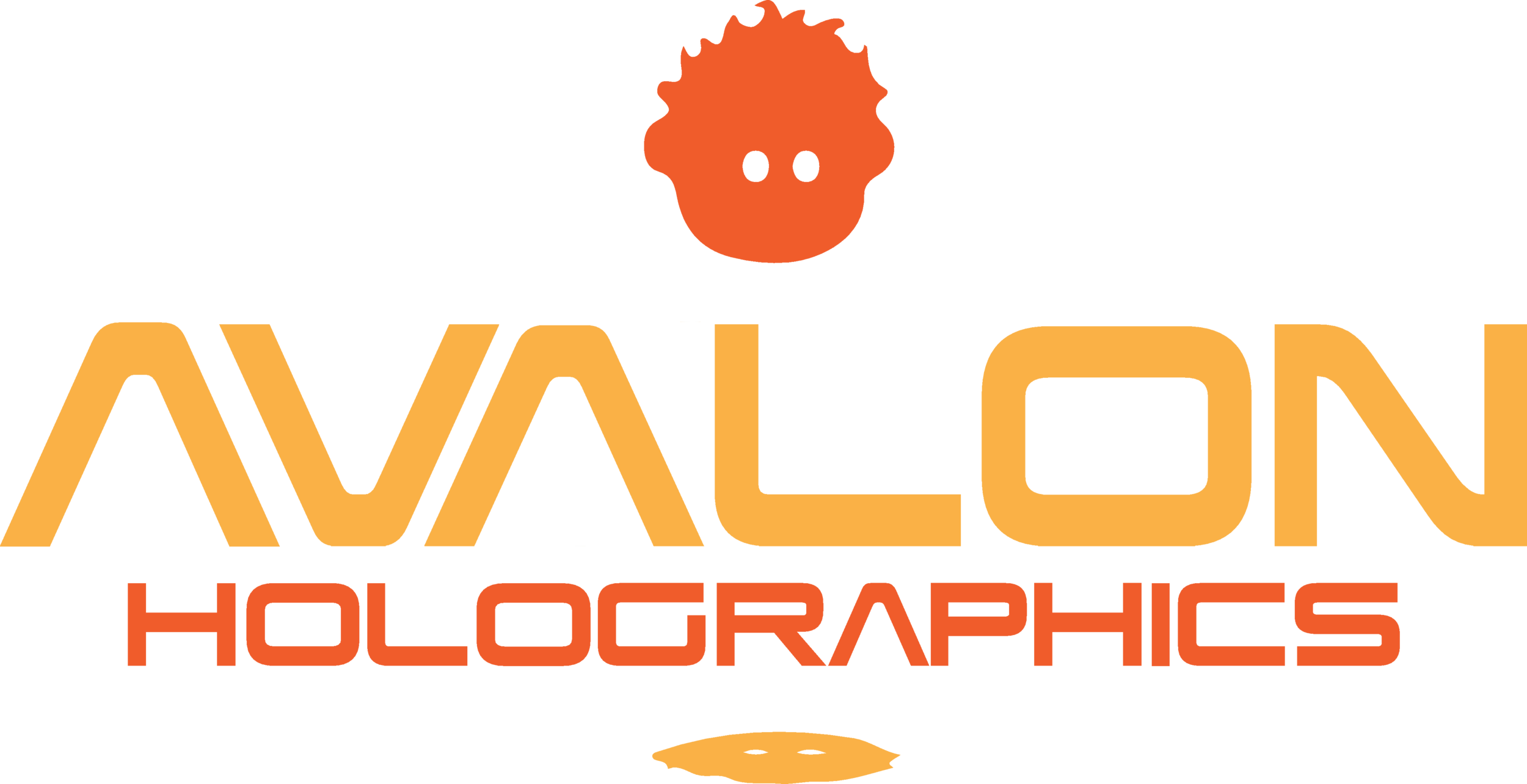In August 2020, Avalon Holographics received an Epic Games MegaGrant to support our research into using ray tracing to optimize UE4 for multi-view displays.
Read MoreThe term “codec” is a portmanteau of “coder-decoder'' and is used to describe an algorithm and/or the mechanisms that implement it (hardware and/or software) that encode and decode digital data.
Read MoreThe incoming startups are building solutions across education, finance, logistics and supply chain, property management, and retail. The eight-week CTA Digital program, managed by the Consulate General of Canada in San Francisco and Silicon Valley, offers high-potential Canadian startups access to the resources of Silicon Valley so they can grow at scale amid the COVID-19 pandemic.
Read MoreAvalon Holographics is proud to be selected to attend AFWERX Fusion, a three-day virtual event hosted by AFWERX, the innovation program of the United States Air Force.
Read MoreInvented by a team of Avalon scientists and engineers, the HoloPixel is one of the patented technologies that allows us to bring true holographic experiences to life.
Read MoreA Newfoundland and Labrador-based tech startup has developed the world’s most advanced “natural 3D” commercial light field display — and it’s poised to disrupt the $200 billion global display market.
Read MoreEe’d like to introduce Systems Engineer, Rob Lockyer!
Read MoreAvalon Holographics Inc. is a company that specializes in light field display technologies, which create natural 3D experiences without the use of accessories such as headsets or glasses.
Read MoreAvalon Holographics is one of those exciting startups that require a leap of imagination to fully grasp what its technology could do in the short-term, let alone years from now.
Read MoreTwenty-six Canadian tech startups have been selected to join the 2020 48Hrs in the Valley program, hosted by C100, an organization that helps Canadian startups find connections in the Bay Area.
Read MoreInitially discovered by mistake by Dennis Gabor back in 1948, he coined the term “hologram” from Greek origins meaning “full information” or “full record”. So what is a holographic display?
Read MoreToday, the C100 team is humbled and proud to announce our latest cohort of 26 early-stage Canadian entrepreneurs to 48Hrs in the Valley, C100’s signature program that aims to support and inspire the next generation of Canadian success stories through mentorship, thought-partnership, and venture guidance.
Read MoreFive technology startups, having grown their businesses to a global scale, graduate today from Genesis’ three-year flagship incubator program, Enterprise. The five companies are Avalon Holographics, HeyOrca, Mysa, Linxpot and NOCLAND.
Read MoreA team of Memorial researchers and a Genesis Centre client have received combined federal-provincial support of more than $4.9 million.
Read MoreAvalon Holographics, headquartered in St. John’s, collaborates with nanofabrication facilities at both the University of Waterloo and the University of Alberta to create and test nano-sized devices for holographic display technologies. The devices will ultimately produce a life-like display that is “nearly indecipherable from the real thing,” says the company’s president, Wally Haas.
Read MoreHolographic displays are one of those technologies that have existed in the public consciousness primarily as science fiction, yet in the past few years have evolved to a question of “when”, not “if”.
Read MoreTwo research facilities at the universities of Waterloo and Alberta are crucial to a Newfoundland company’s bid to lead the charge on holographic technologies.
Read MoreEven the most self-sufficient, resourceful entrepreneurs rely on the support of investors, partners, media, mentors, and the government; but connecting with these resources can be a confusing and laborious process. Fortunately, the Fundica Roadshow provides Canadian startups with a unique opportunity to attract the attention of public and private investors and the tech community at large.
Read MoreLight field and 3D displays have existed for some time, but have yet to reach full mainstream adoption. However, newest developments provide reason for optimism. In this talk, we will discuss various existing approaches to light field displays and summarize their current state of development and challenges faced in moving various technologies forwards. We discuss some directions forward that can address the major challenges, suggesting new high-quality displays are just around the corner.
Read More


























